Pininfarina Battista First Drive: Meet the 1,900-hp, $2.2M electric hypercar

MALIBU, Calif. — The all-electric Pininfarina Battista throws around some impressive numbers. Power output in the 1,900-horsepower neighborhood. A 0-to-60 time of less than 2 seconds. A range estimated to be 300 miles. A starting price of $2.2 million. All of that might invite the names hypercar or supercar, but that would imply it’s harsh and unforgiving. Instead, Pininfarina defines the Battista as a hyper GT, giving it the otherworldly power and performance of a hypercar while remaining comfortable enough to take on a road trip.
That’s a tall order for any vehicle, let alone the first car produced by a new manufacturer. After spending an afternoon with the Battista on some of our favorite roads above Malibu, we can definitively say that their boldness has paid off.
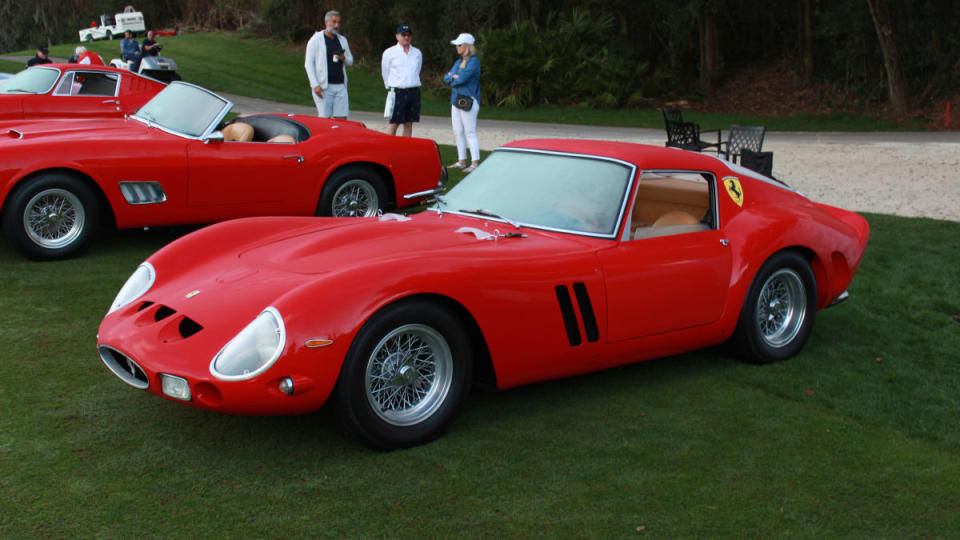
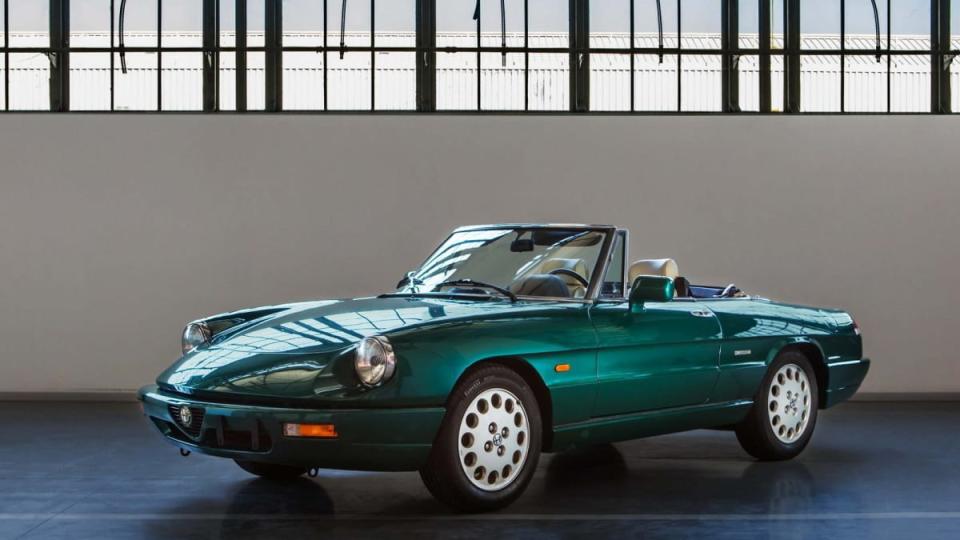
Automobili Pininfarina is the new manufacturing offshoot of the Carrozzeria Pininfarina design firm that has penned some of the most iconic cars in history. These include the 1947 Cisitalia 202, which is regarded as the first car that integrated fenders into the rest of the bodywork. Then there are icons such as the Fiat and Alfa Romeo Spiders (above right) along with the nouveau-classic Cadillac Allante. But it's Pininfarina's association with Ferrari that is most notable, including most of the 250 GT line (above left), Daytona, 512 BB, and wild 1980s Testarossa.
The Battista is named for Battista “Pinin” Farina, who founded Carrozzeria Pininfarina in 1930. A lot of its battery, chassis and motor componentry comes from Rimac, the nascent Croatian electric supercar maker that recently paired with Porsche to take over Bugatti.
The Battista’s exterior styling certainly has echoes of Ferrari, and really, can you think of a better compliment? As an all-electric vehicle, it doesn’t have the same kind of cooling and air intake needs as the gasoline-powered Ferraris and results in a cleaner and more elemental shape. The design is still aggressive as hell, but less shouty, and that plays well with the hyper GT positioning.
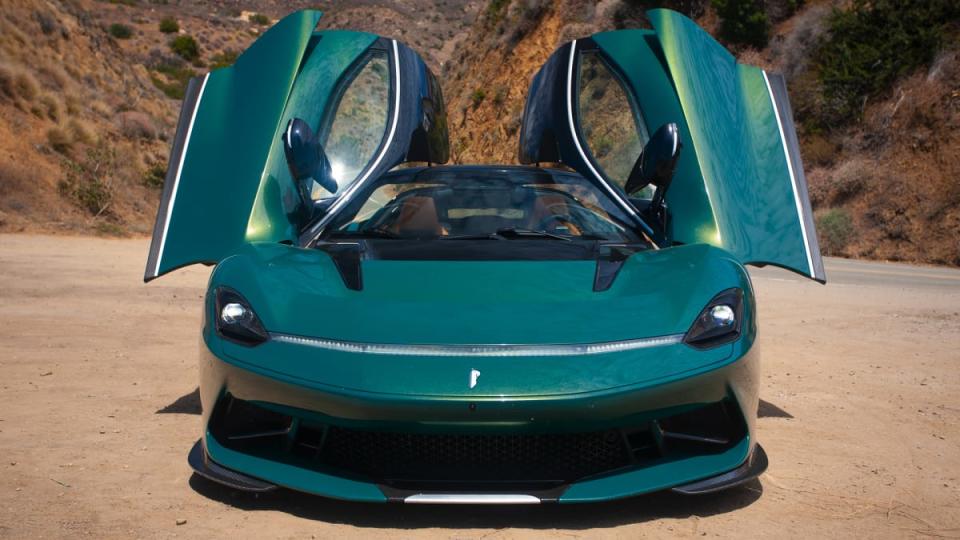
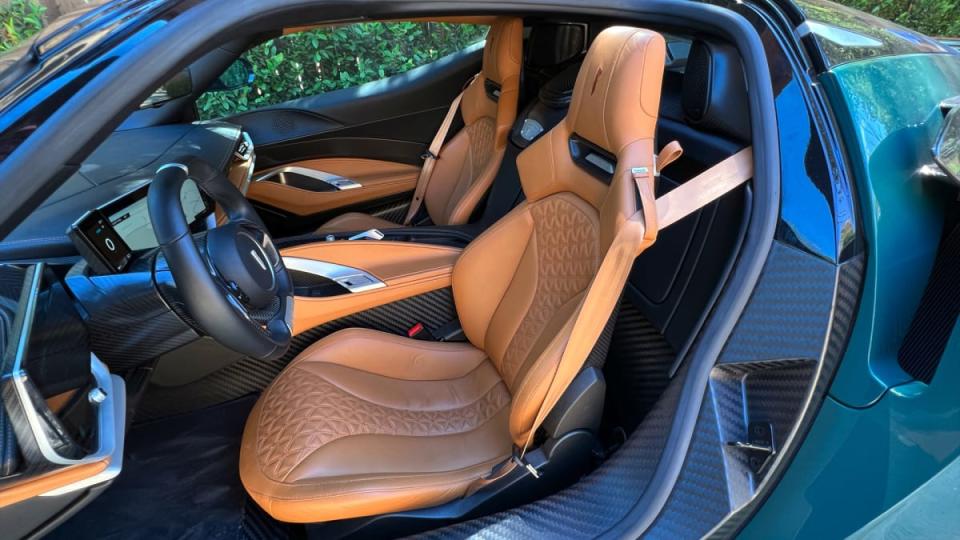
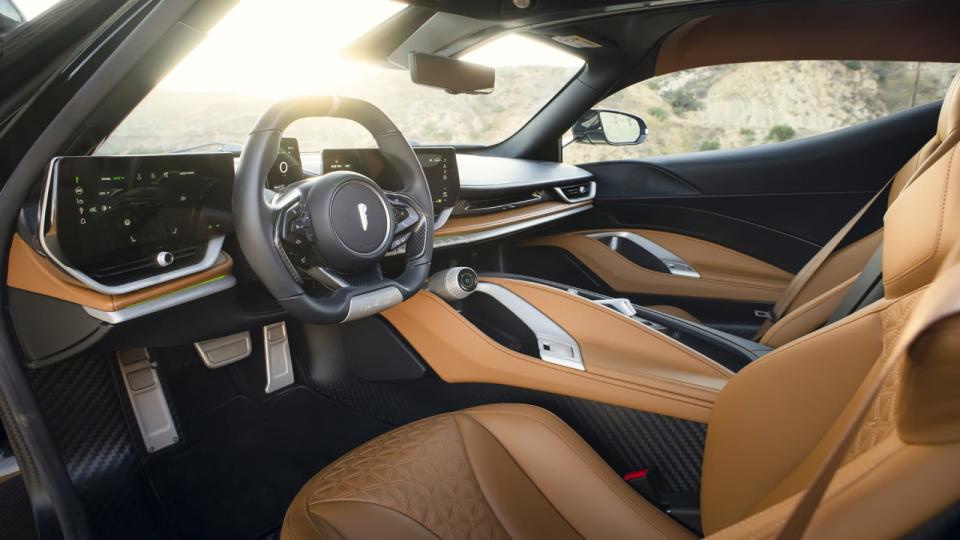
Once you pop the dihedral driver’s door, you’re greeted by a rather narrow passage between the dash and seat. Getting in takes a bit more stooping and maneuvering compared to conventional sports cars, but there are certainly exotics that are more difficult to access. Pulling the door down doesn’t take much effort, but you have to give it a strong slam to get it to fully shut, making it a strong candidate for soft-close doors.
The seats are firm and have excellent side bolstering to keep you in place when cornering. There are also more aggressive racing shell-type seats available, but in our estimation, unnecessary. Your feet can extend mostly straight ahead since front wheelwell intrusion is minimized. We haven’t even moved yet and the Battista is already fulfilling part of its hyper GT promise.
The cockpit is modern and minimal, with two horizontal touchscreens flanking the steering wheel and a phone-like display in the middle that displays speed and other primary information. Off to the sides, at the 5- and 7-o’clock positions, are two dials. The left selects drive modes and the right is the start button and gear selector. The cabin is cozy but not confining, and has a good amount of lateral space.
The Battista is already activated as we get in, a fact indicated by the subtle high-pitched whine and fan noises, much like a jetliner running on its auxiliary power unit as you find your seat. Foot on the brake and a quick spin of the right dial puts it in drive. A little pressure on the throttle and the Battista starts to roll forward on the gravel valet circle. Once on the broad, sweeping roads in the Santa Monica Mountains, it’s striking how well-mannered a 1,900-hp car can be.
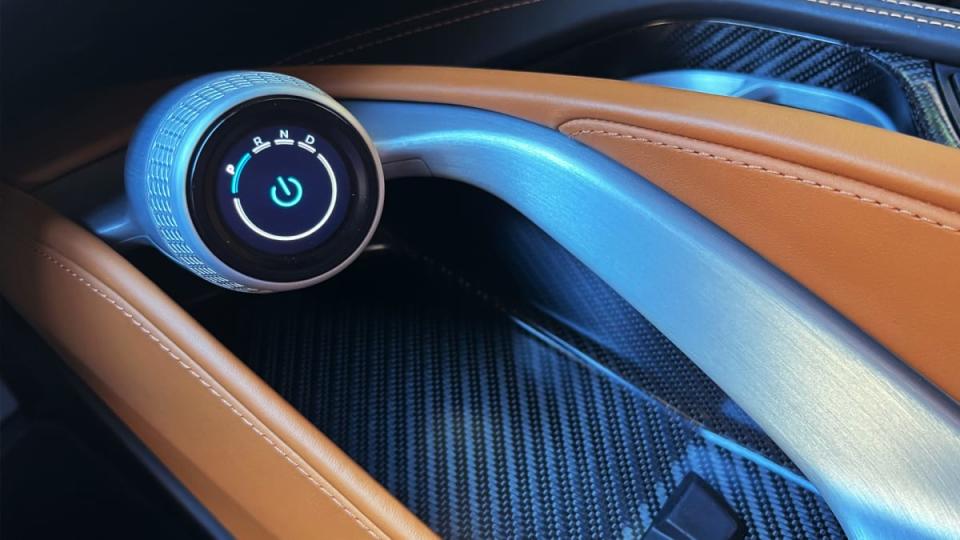

 Yahoo Autos
Yahoo Autos 
